In his new film, 45th Parallel, Lawrence Abu Hamdan addresses the concept of borders as intrinsically defined by their binary attributes. They are historically, politically, and geographically charged places that only exist through the mutual – and unavoidable – existence of the two spaces they delimit.
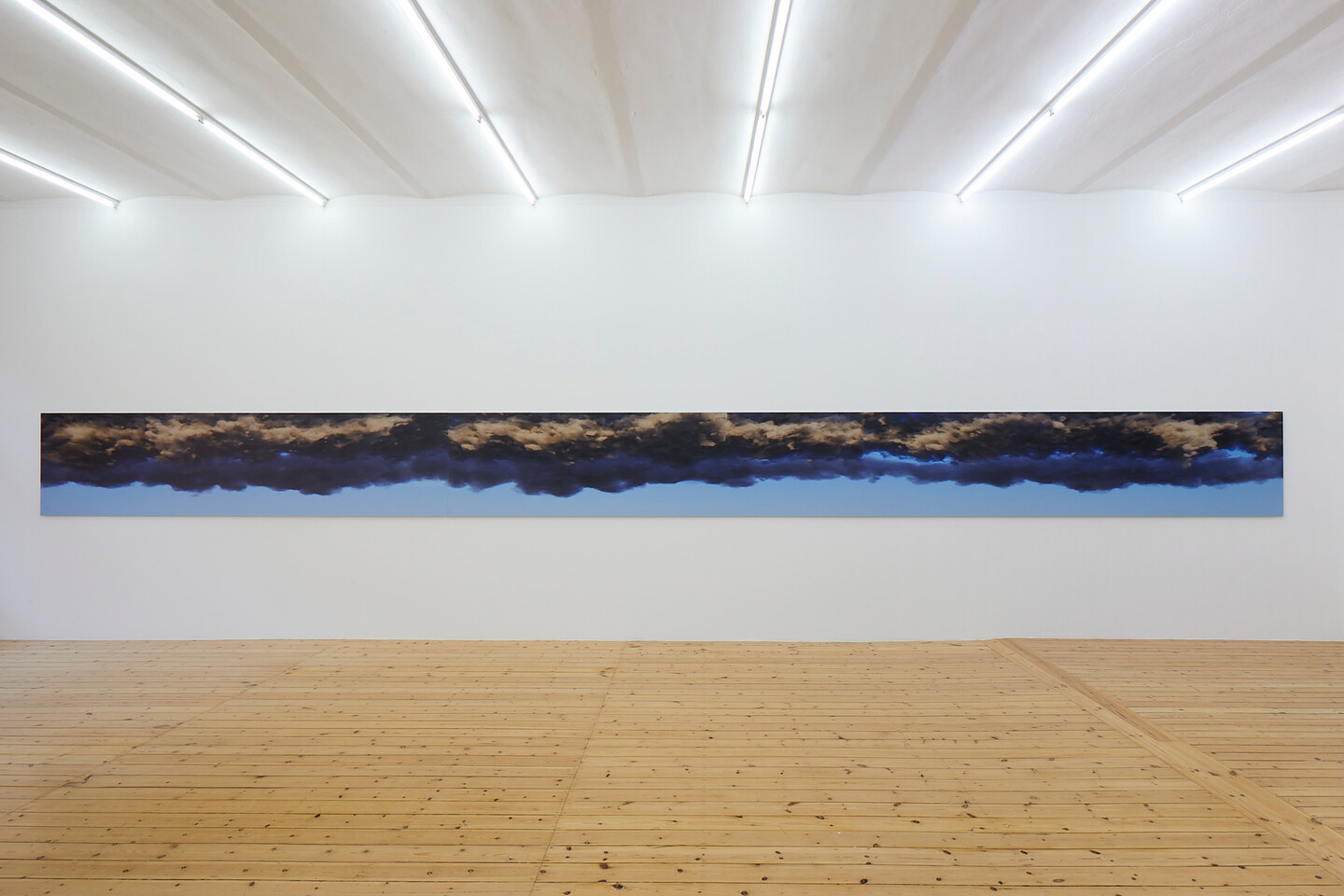
full color inkjet print on matt fibre photo paper mounted on alu-dibond, 15 prints 90 × 365, each corresponding to one year from 2007 to 2021, full installation 90 × 5475, Ed. 6 + 2 AP
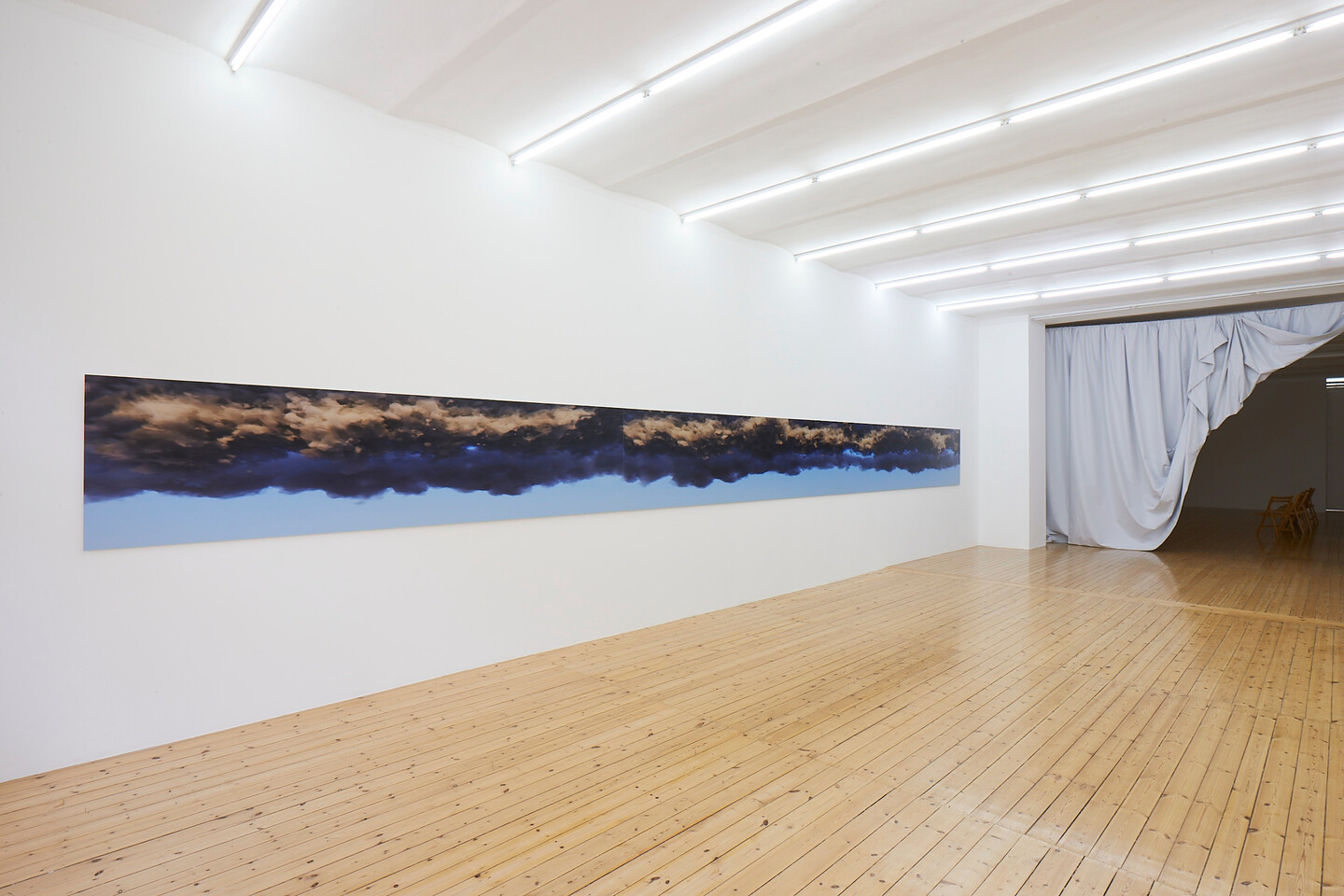
The work is filmed in the Haskell family’s 1904 library and opera house, a unique urban facility that straddles the border between Canada and the United States. Originally constructed for the education and cultural enrichment of frontier communities on the 45th parallel, the building is the only cross-border theater in the world where audiences and actors are in different countries during performances.


HD video, sound, 15 min, film still
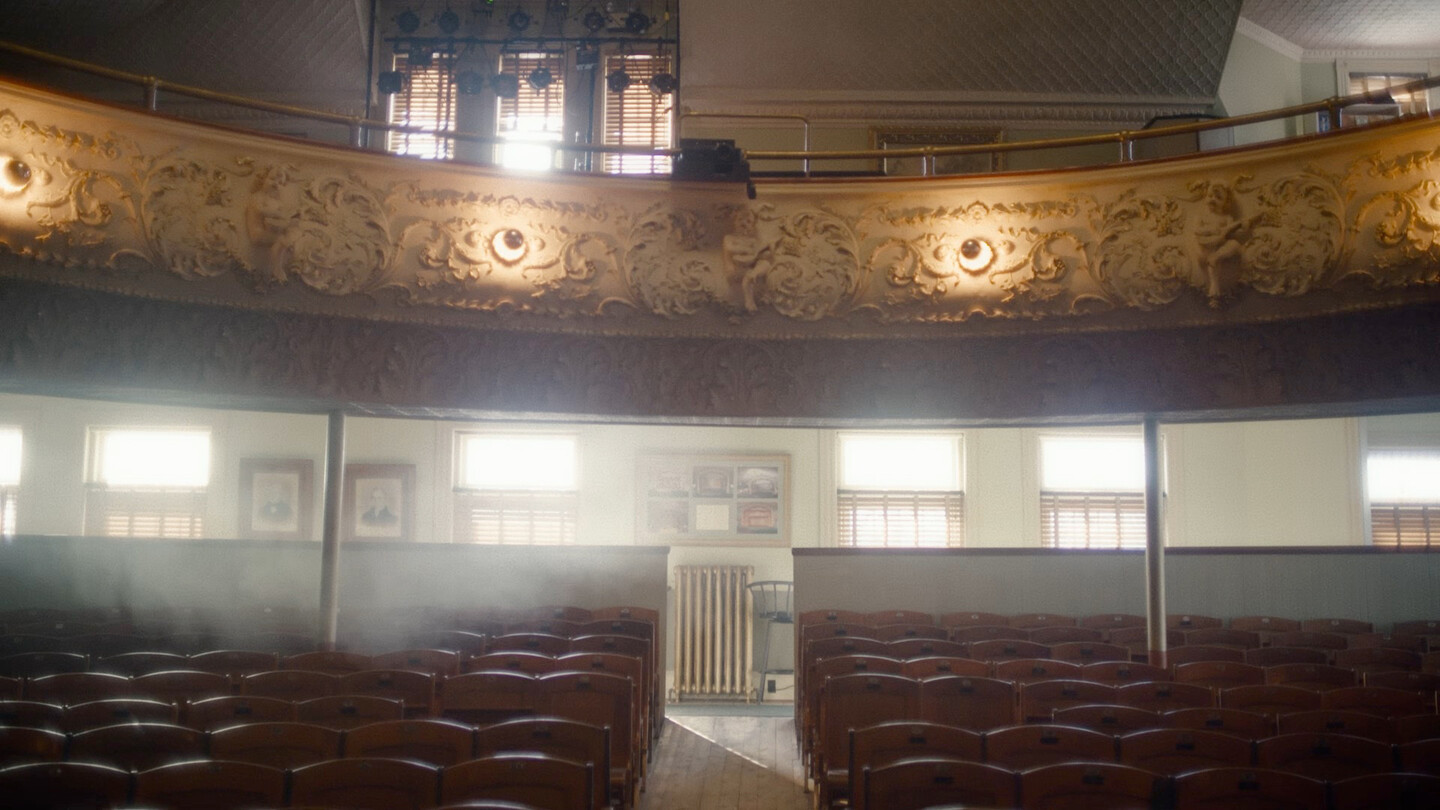
HD video, sound, 15 min, film still
The actor’s poetic monologue unfolds into a four-act forensic plea about the Hernández vs. Mesa trial, which involves the shooting and killing of an unarmed fifteen-year-old Mexican boy in 2010 by a U.S. border guard.
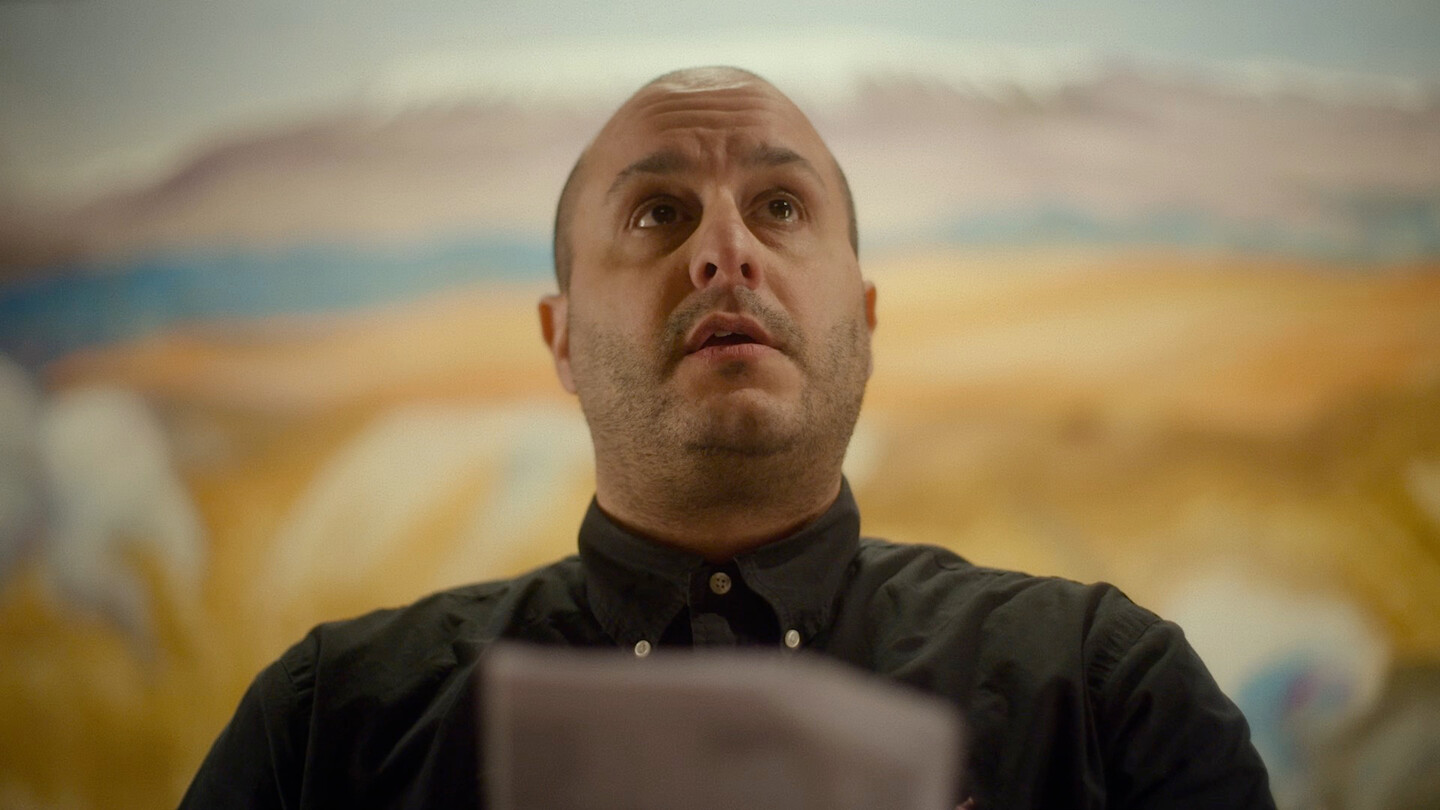
HD video, sound, 15 min

HD sound, 15 min, film still
This precisely factual approach, paired with his ability to capture less visible and tangible information, allows Lawrence Abu Hamdan to produce work that is extremely relevant today: he tackles the entanglements of power, technology, and violence, offering the viewer a visualization of his findings through the aesthetic formulation of an extended analysis. He often describes himself as an independent investigator, or Private Ear: in Air Conditioning (2022) he translates auditory data into a landscape of clouds and skies. Extracted from a major new commission that conveys the artist’s concept of “atmospheric violence” the work aggregates data from hundreds of individual documents, dispersed across multiple locations in the digital library of the United Nations, and that document the Israeli violations of the Lebanese airspace between 2006 and 2021.
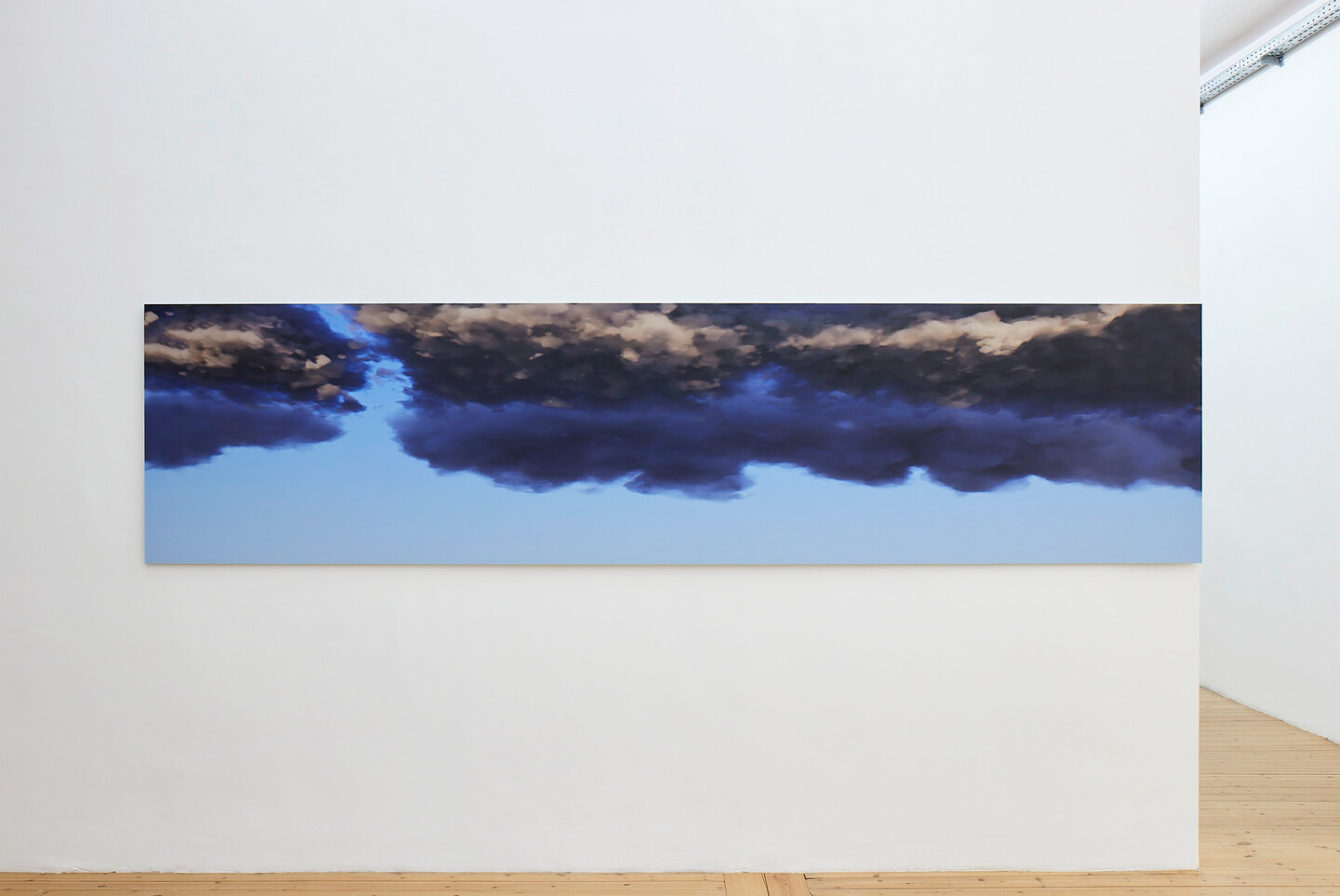
full color inkjet print on matt fribre photo paper, 90 × 365 cm

full color inkjet print on matt fibre photo paper, 90 × 365 cm
Abu Hamdan not only explores what is clearly audible in ear-witness testimonies, but his work allows us to perceive the discrepancy between what is said and what is heard, conjuring unheard spaces that lay between speech, noise, and silence. The Witness-Machine Complex (2021) is an installation that pays tribute to translators of the Nuremberg trials from 1945–46. These trials mark the first ever use of a system for simultaneous translation.

7 steel stands, 7 video projections, 7 audio channels, 15 light bulbs, 136.5 × 35 × 35 cm each
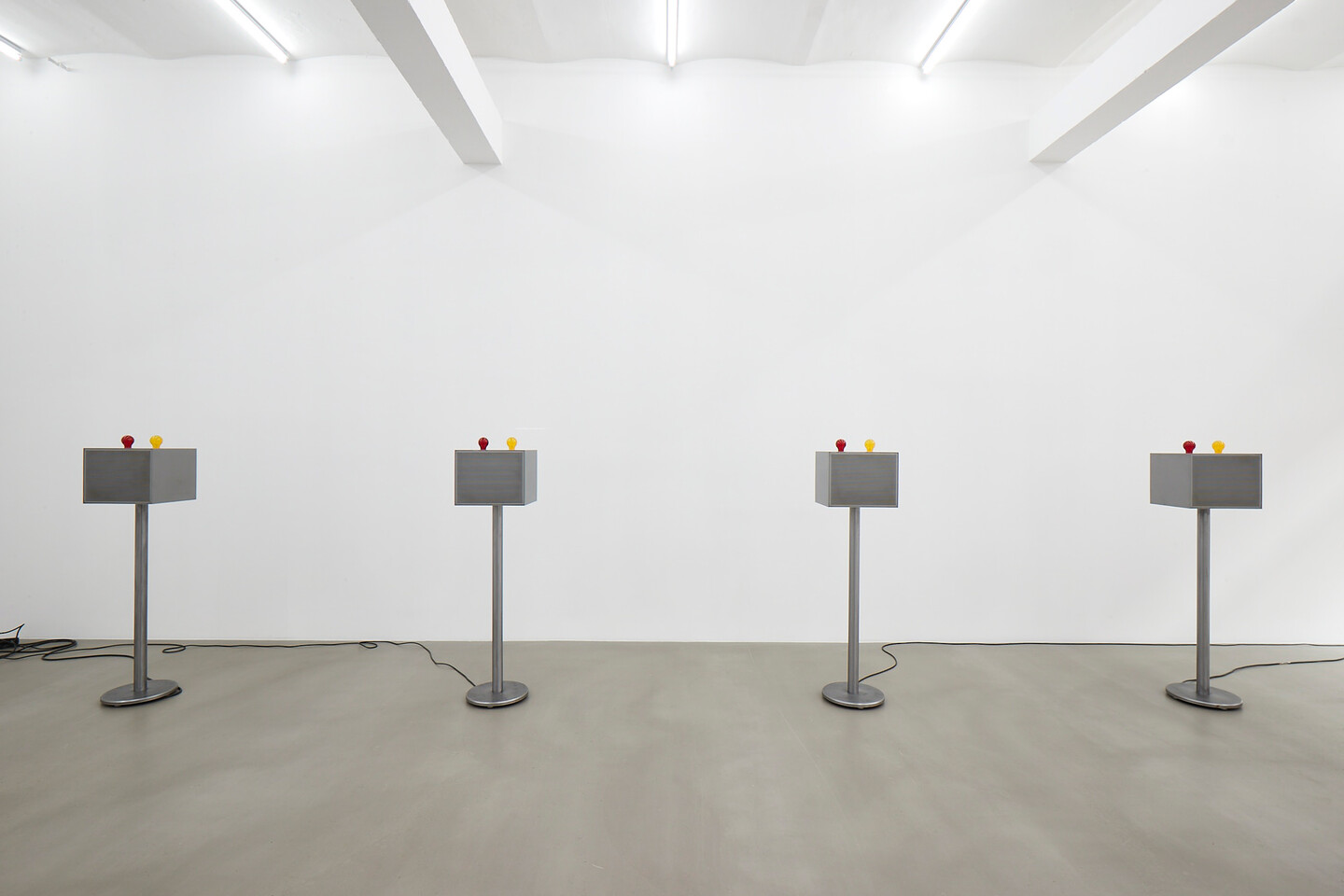
The newly developed electronic audio technology enabled the live translation of the trial proceedings into Russian, French, German, and English. Even though the translators’ work was of great importance to the procedure, there are no recordings of them in the act of translation.

steel stand, 3 video projecions, 3 video projections, 3 audio channels, 2 light bulbs, 136.5 × 35 × 35 cm
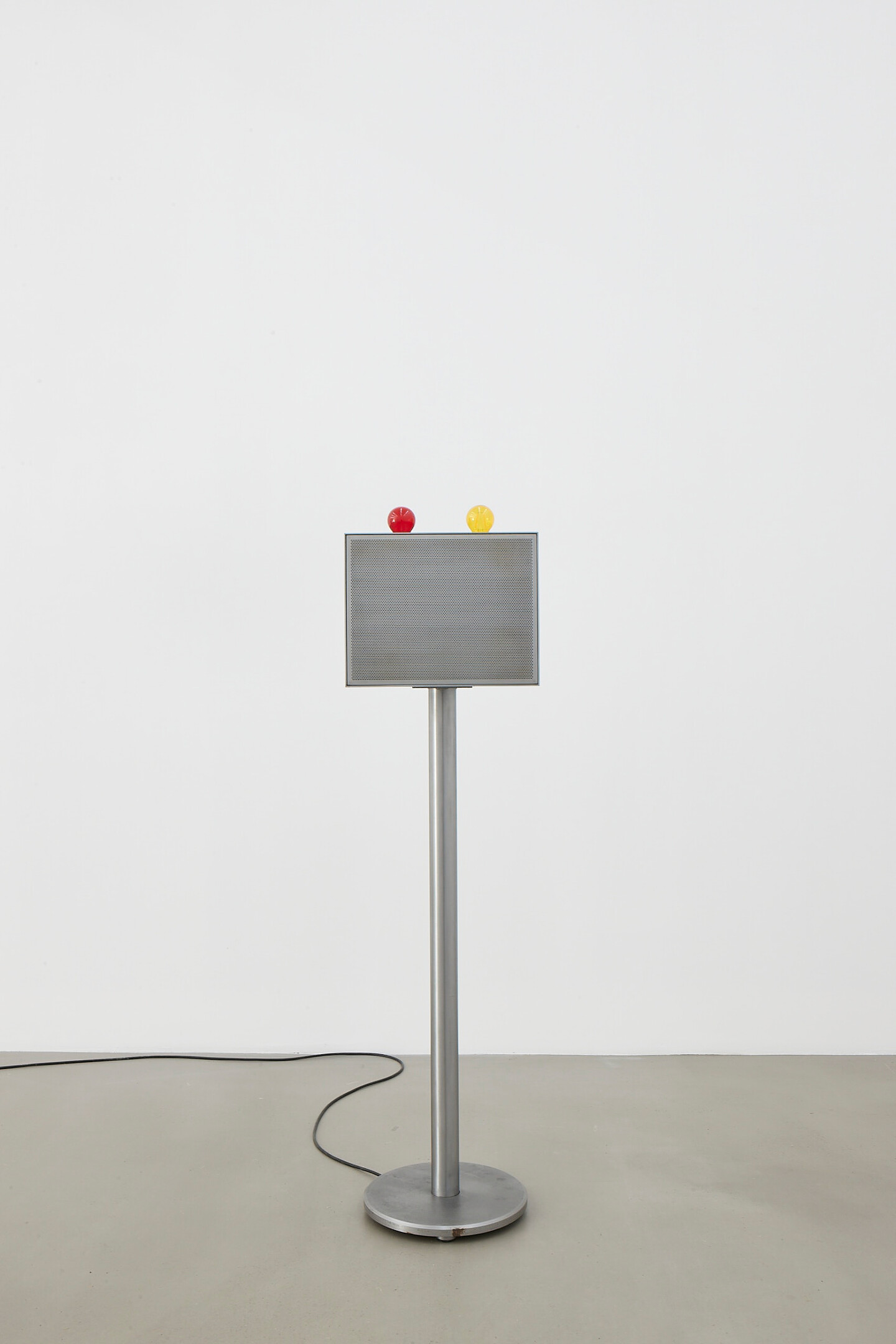
steel stands, 3 video projections, 3 audio channels, 2 light bulbs, 136.5 × 35 × 35 cm
The only indication of their presence in the film footage of the trial is marked by the flashing yellow and red lights built into the witness stand and the prosecutor’s podium. These lights were used to slow down or pause the speed of the speech flowing into their headphones. The Witness-Machine Complex reanimates the way in which these lights flashed in the original trial. The lights symbolize the kind of obstacles that need to be traversed in order to translate an experience into a testimony.

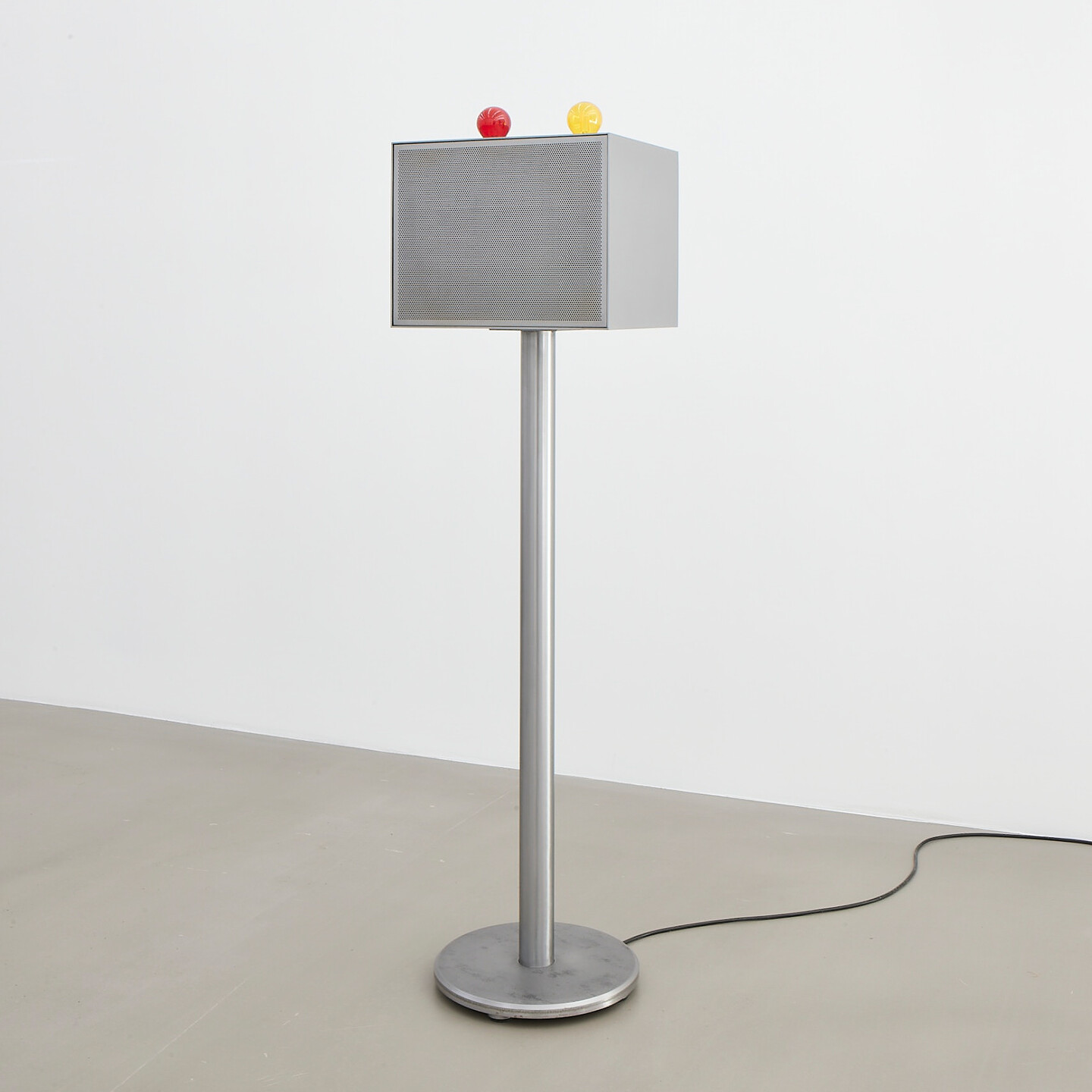
steel stands, 3 video projections, 3 audio channels, 2 light bulbs, 136.5 × 35 × 35 cm

digital print on 15 acrylic plates, linen, cardboard, 23.7 × 23 × 16.5 cm